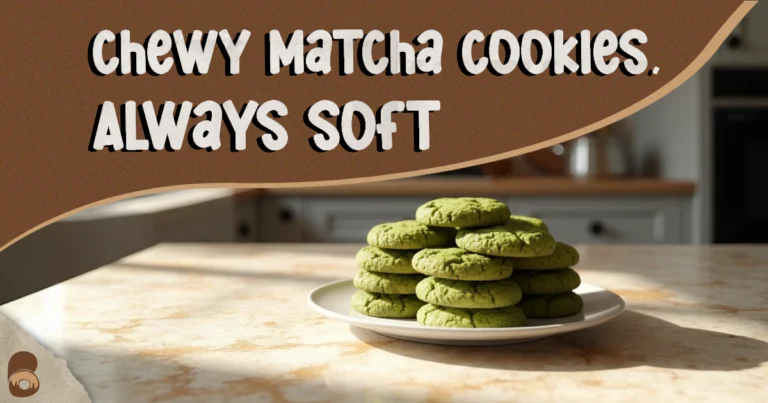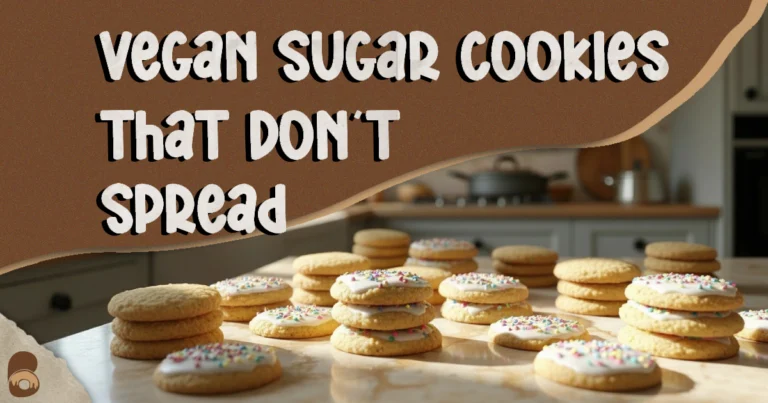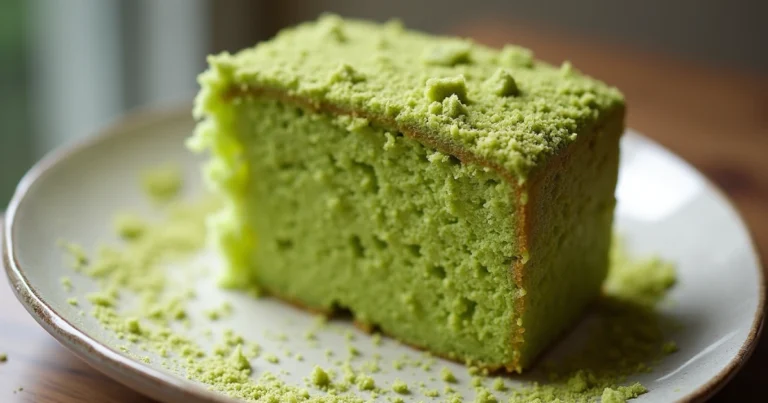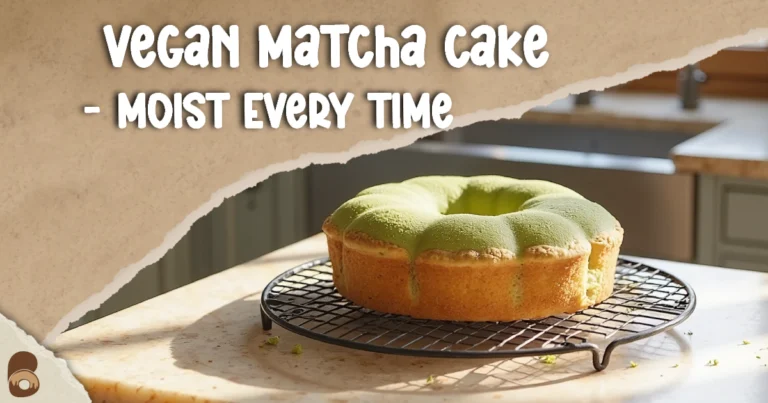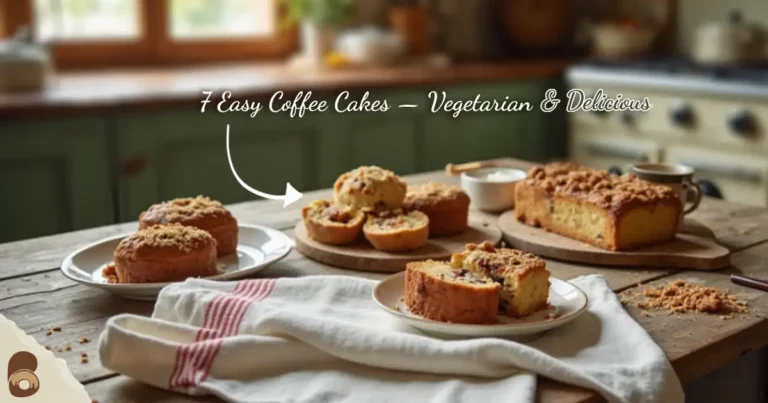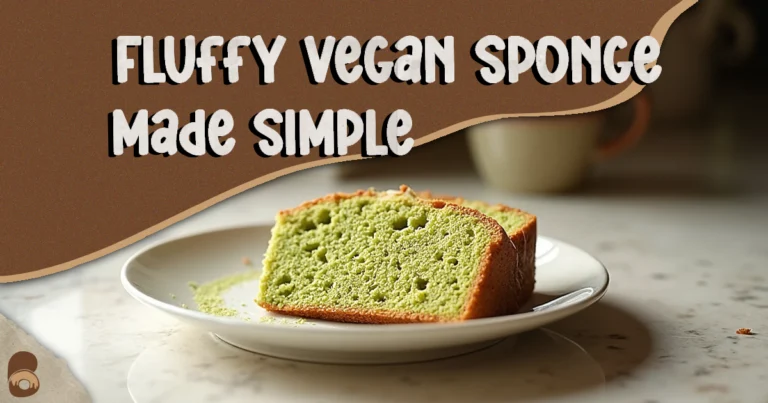The Ultimate Vegan Egg Substitute & Dairy-Free Baking Guide: Perfect Swaps for Milk, Cream, Butter & More
Table of Contents
Table of Contents
You’re halfway through mixing cookie dough when it hits you—you’re out of eggs. Or maybe you’ve just gone dairy-free, and now you’re staring down that banana bread recipe, wondering what to swap for the butter and milk. Sound familiar?
Whether you’re navigating food allergies, shifting to a vegan lifestyle, or just want to lighten up your bakes, finding the right substitutes can feel like learning to bake all over again. But don’t worry—you’re not alone. Some of the most delicious treats out there are completely egg- and dairy-free.
This guide isn’t just about swapping soy milk for cow’s milk or tossing in a flax egg and hoping for the best. You’re going to get reliable, tested, and purposeful vegan substitutes for every common baking ingredient: eggs, milk, butter, cream—even evaporated milk and whipped toppings.
Vegan Egg Substitutes: What Works Best and When to Use Each
If you’re looking for a reliable vegan egg substitute, the key is matching the function eggs serve in your specific recipe. Is it binding, adding moisture, or giving your cake that rise? Different subs work best for different jobs.
Best Egg Substitutes for Baking Purposes
- For binding (cookies, brownies):
- Flaxseed meal – Combine one tablespoon of ground flaxseed with three tablespoons of water and let it sit until it forms a gel-like consistency.
- Chia seed gel – Same ratio as flax. Adds extra fiber and works well in brownies.
- For moisture (cakes, muffins):
- Mashed banana – ¼ cup per egg. Adds sweetness and density.
- Applesauce – ¼ cup per egg. More neutral flavor than banana.
- Pumpkin puree – Great in spiced bakes.
- For lift (cupcakes, quick breads):
- A mix of 1 teaspoon of baking soda and 1 tablespoon of vinegar can act as a reliable egg replacer, especially when you need a leavening boost.
- Aquafaba – 3 tbsp of chickpea brine = 1 egg. Whip for extra fluff.
Quick Comparison Table
| Substitute | Best Use | Texture Outcome | Flavor Impact |
|---|---|---|---|
| Flaxseed gel | Cookies, muffins | Moist & chewy | Mildly nutty |
| Aquafaba | Cakes, meringue | Light and fluffy | Neutral |
| Applesauce | Quick breads | Dense and moist | Slightly fruity |
| Baking soda + vinegar | Cupcakes | Good rise | None |
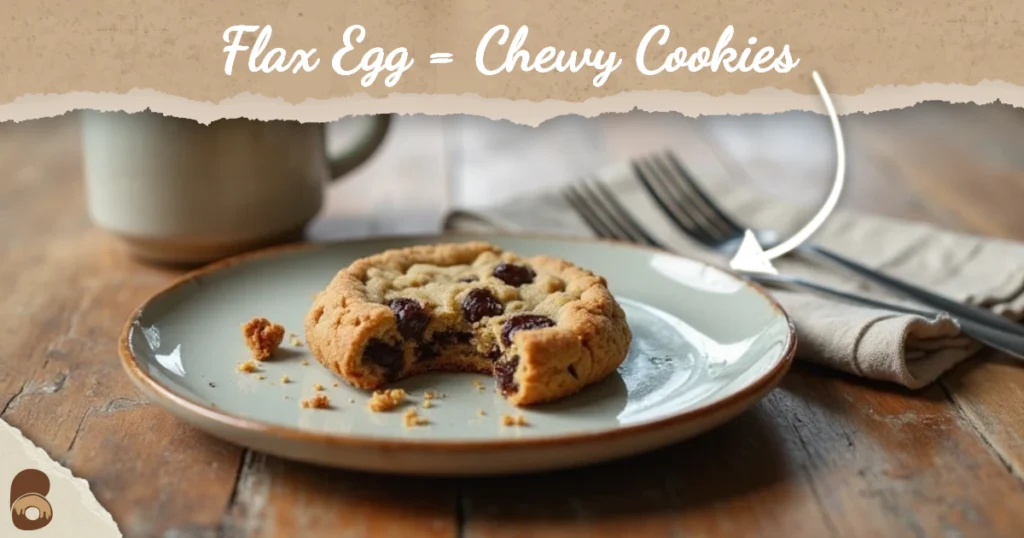
Pro Tip: Aquafaba mimics egg whites so well, it’s used commercially in plant-based meringues and marshmallows. One tablespoon has roughly 0.5g of protein.
Dairy-Free Milk Swaps: What to Use Based on Flavor, Texture & Nutrition
Choosing the right vegan milk substitute for baking can make or break your recipe. Some milks are thin and watery, others are rich and creamy. Knowing when to use which will save you time and wasted ingredients.
Best Plant Milks for Baking
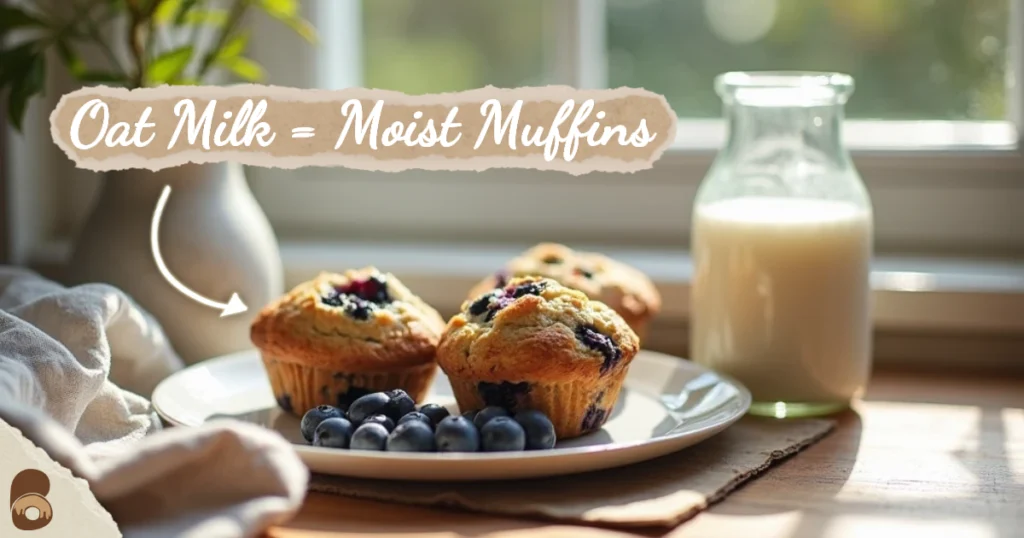
- Oat Milk – Creamy and neutral, oat milk mimics whole milk’s texture and works great in cakes and muffins. It’s also the best oat milk substitute for milk in baking.
- Soy Milk – Thanks to its high protein content, soy milk helps give baked goods like breads and quiches better structure and stability.
- Almond Milk – Light and nutty, perfect for pancakes and muffins.
- Coconut Milk – Thick and rich, best for custards and tropical desserts.
- Cashew Milk – Smooth and creamy, yet more neutral than coconut.
Specialized Uses
- Best non-dairy milk for coffee? Go with oat or barista-style almond milk. They froth well and don’t curdle.
- Savory bakes like quiches or savory muffins? For a more neutral and well-rounded flavor in your baking, it’s best to opt for soy or oat milk instead of almond.
Milk Comparison Table
| Milk Type | Flavor | Best For | Froths? | Fat Content |
|---|---|---|---|---|
| Oat | Neutral | Muffins, cakes | Yes | Medium |
| Almond | Nutty | Pancakes, cupcakes | Sometimes | Low |
| Soy | Creamy | Breads, savory bakes | Yes | High |
| Coconut | Tropical | Custards, pies | No | Very High |
Vegan Butter Replacements: Texture Matters More Than Taste
Butter does more than just add richness—it affects structure, moisture, and spread. Your vegan butter substitute for baking needs to match butter’s fat content and behavior under heat.
Top Butter Swaps for Baking
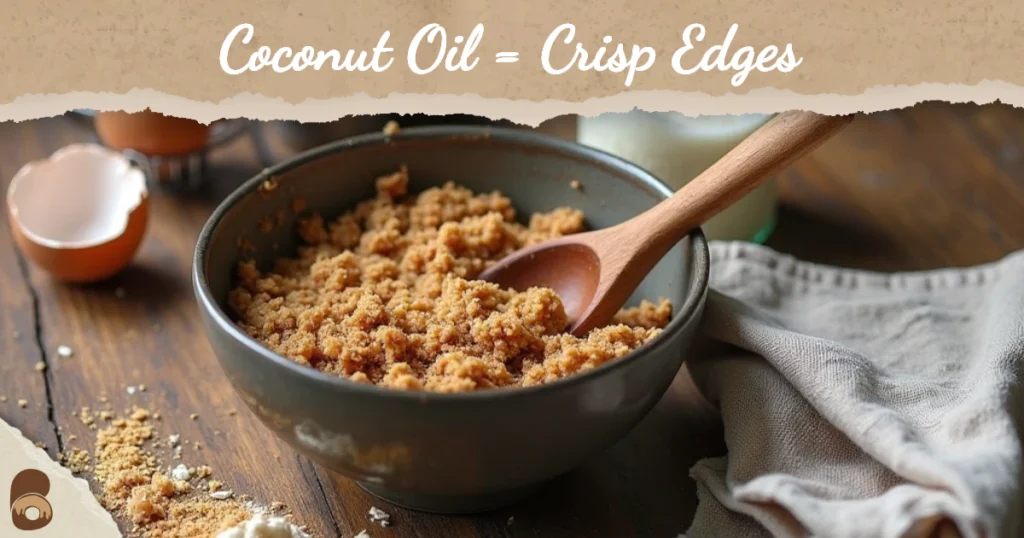
- Vegan butters (e.g., Miyoko’s, Earth Balance): These are your best 1:1 swaps. They’re designed for baking and taste close to real butter.
- Coconut Oil: Use refined to avoid coconut flavor. Great for cookies—adds crispness.
- Avocado: Creamy and dense. Best in brownies or chocolate cakes.
- Nut Butters: Add richness and nutty flavor—great for peanut butter cookies.
- Margarine: Often contains more water and stabilizers. Only use if labeled suitable for baking.
Coconut Oil vs Vegan Butter
- Coconut oil offers a simpler, cleaner ingredient list. It’s ideal for recipes where you want a crisp edge.
- Vegan butter, however, emulsifies better and gives structure—great for cakes and frostings.
Helpful Tips
- Solid coconut oil works well in pie crusts and shortbread.
- Margarine can break cookie doughs due to high water content—stick with vegan butters for best results.
Cream Alternatives: Making Sauces, Whips & Pies Without Dairy
Rich, velvety cream doesn’t need to come from a cow. If you’re after the best vegan substitute for heavy cream, the options are surprisingly indulgent.
Best Vegan Heavy Cream Substitutes
- Full-fat coconut milk or coconut cream: Excellent for ganache, mousse, and curry sauces.
- Cashew cream: Blend soaked cashews with water. Perfect for creamy pastas and soups.
- Silken tofu + soy milk: Blend until smooth. Great for pies and puddings.
Whipped Cream Replacements
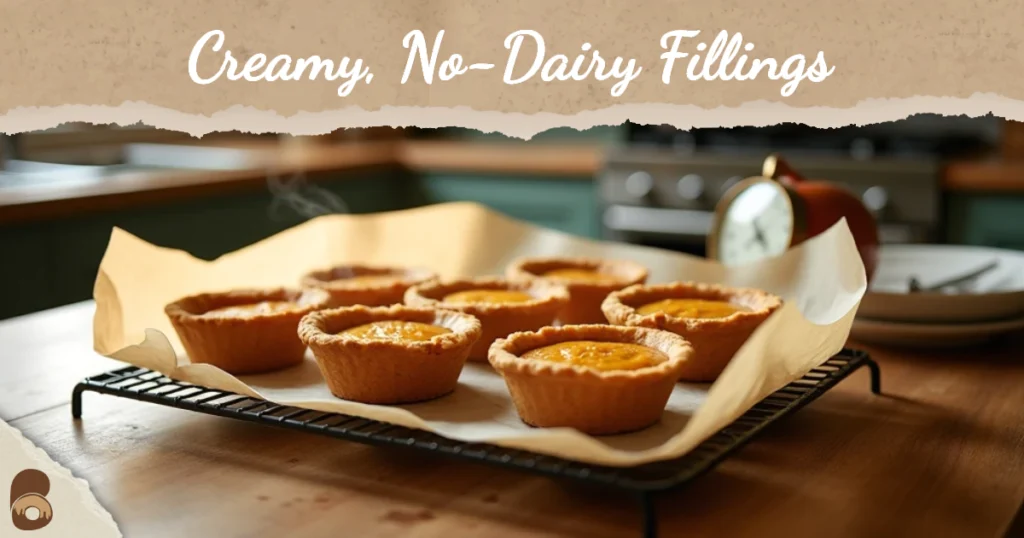
- Aquafaba Whip: Whips like egg whites. Add powdered sugar for a sweet topping.
- Coconut Cream Whip: Refrigerate overnight. Scoop out solids and whip.
Non-Dairy Cream for Cooking
- Cashew cream or soy-based non-dairy cream for soups works beautifully in gravies, stews, and bisques. Cashew cream delivers an ultra-smooth texture and holds up beautifully when reheated, without breaking or separating.
Kitchen Tip: Don’t freeze cashew cream unless stabilized with lemon juice or cornstarch. To whip aquafaba, add a pinch of cream of tartar for stiffer peaks.
Evaporated & Condensed Milk: Vegan Hacks for Classics
Classic desserts like pumpkin pie or tres leches need that milky sweetness. But don’t worry—your vegan substitute for evaporated milk is just a saucepan away.
Make Your Own Vegan Evaporated Milk
- Simmer unsweetened soy or oat milk over low heat until reduced by half.
- Optional: Add a pinch of baking soda for a smoother texture and less separation.
Sweetened Condensed Milk Alternative
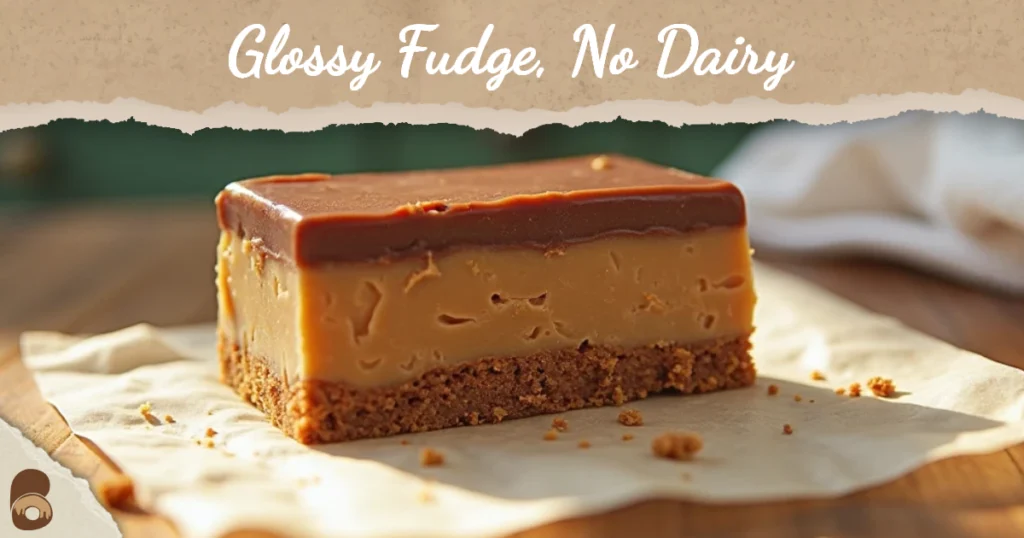
- Simmer full-fat coconut milk with maple syrup or cane sugar.
- Stir frequently until thick and glossy.
- Cool before using in recipes like fudge or pie filling.
DIY Swap Chart
| Dairy Ingredient | Vegan Swap | Recipe Tip |
|---|---|---|
| Evaporated Milk | Reduced soy/oat milk | Use unsweetened base |
| Condensed Milk | Coconut + sugar | Cool before use |
Quick Reference: Vegan Baking Swaps Table
Use this handy chart whenever you’re mid-recipe and need a fast replacement:
| Ingredient | Vegan Substitute | Ratio | Best Use | Notes |
|---|---|---|---|---|
| Egg | Flax Egg | 1 tbsp flax + 3 tbsp water = 1 egg | Cookies | Nutty flavor |
| Milk | Oat Milk | 1:1 | Cakes, muffins | Neutral flavor |
| Butter | Coconut Oil (refined) | 1:1 (solid) | Cookies | No coconut flavor |
| Heavy Cream | Coconut Cream | 1:1 | Whip, sauces | Chill before whipping |
| Condensed Milk | Coconut milk + sugar syrup | 1:1 | Fudge, desserts | Sweeten to taste |
FAQ: Common Dairy-Free & Egg-Free Baking Questions
Q1: What is the best vegan egg substitute for cookies?
Go with flax eggs for chewy texture or aquafaba for lighter cookies. Both bind well and are pantry-friendly.
Q2: Can I use oat milk instead of milk in baking?
Absolutely. Oat milk is the best oat milk substitute for milk in baking, thanks to its creamy texture and neutral taste.
Q3: Is coconut oil better than vegan butter in baking?
It depends. If you want crisp edges, use coconut oil. For softer, structured bakes, vegan butter gives better emulsification.
Q4: What’s the best non-dairy cream for soups?
Cashew cream wins here. It’s ultra-smooth, easy to make, and doesn’t curdle under heat like some store-bought creamers.
Q5: Is margarine a suitable substitute for butter in baking?
You can, but it’s not ideal. Vegan butter substitutes for baking give better results in terms of taste and texture, especially in cookies and frostings.
Conclusion: Master Dairy-Free & Egg-Free Baking Like a Pro
Now that you’ve got the full cheat sheet, you’re ready to bake confidently without eggs, milk, or cream. Vegan baking isn’t about sacrificing flavor—it’s about understanding function and picking the right swaps for your needs.
Start by replacing just one ingredient at a time. Notice the texture, the flavor, and the structure. Before long, you’ll have your go-to combinations for cookies, cakes, frostings, and even savory dishes.
And don’t forget—share your favorite swap or recipe win in the comments. Together, we can create a thriving space for creative, dairy-free bakers—sharing one smart swap at a time.
Master Egg-Free & Dairy-Free Baking Like a Pro
Follow me on Pinterest for flexible, tested recipes that make plant-based baking easy and delicious.
Share your experience and help others!
Tried this recipe? Leave a rating and make someone’s day tastier
Be the first to rate this recipe and help others discover it!


